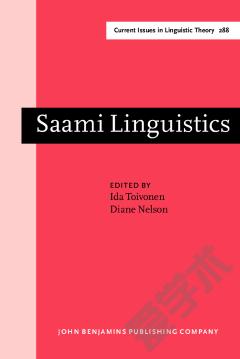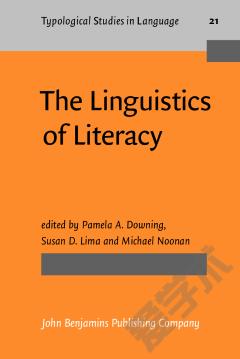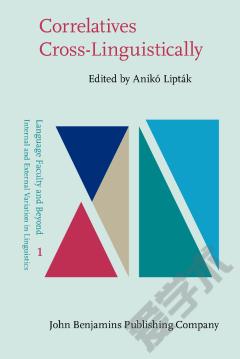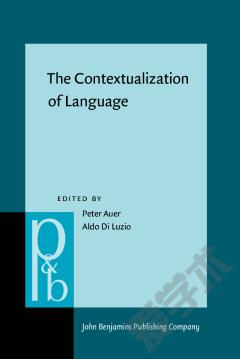Cross-Linguistic Semantics.
Cross-linguistic semantics – investigating how languages package and express meanings differently – is central to the linguistic quest to understand the nature of human language. This set of studies explores and demonstrates cross-linguistic semantics as practised in the natural semantic metalanguage (NSM) framework, originated by Anna Wierzbicka. The opening chapters give a state-of-the-art overview of the NSM model, propose several theoretical innovations and advance a number of original analyses in connection with names and naming, clefts and other specificational sentences, and discourse anaphora. Subsequent chapters describe and analyse diverse phenomena in ten languages from multiple families, geographical locations, and cultural settings around the globe. Three substantial studies document how the metalanguage of NSM semantic primes can be realised in languages of widely differing types: Amharic (Ethiopia), Korean, and East Cree. Each constitutes a lexicogrammatical portrait in miniature of the language concerned. Other chapters probe topics such as inalienable possession in Koromu (Papua New Guinea), epistemic verbs in Swedish, hyperpolysemy in Bunuba (Australia), the expression of "momentariness" in Berber, ethnogeometry in Makasai (East Timor), value concepts in Russian, and “virtuous emotions” in Japanese. This book will be valuable for linguists working on language description, lexical semantics, or the semantics of grammar, for advanced students of linguistics, and for others interested in language universals and language diversity.
{{comment.content}}








 京公网安备 11010802027623号
京公网安备 11010802027623号